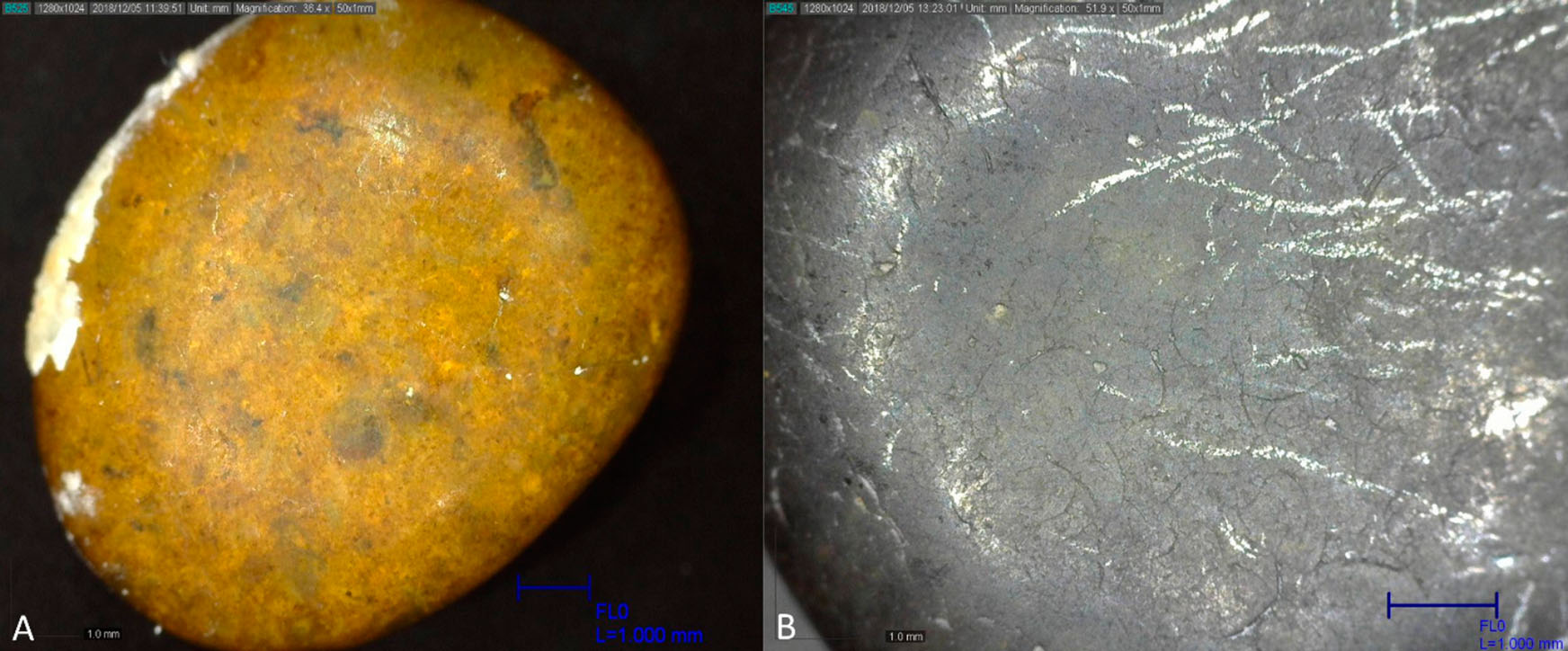Published March 8, 2019 in the Lithic Technology, authored by Bryon Schroeder and Taylor Greer
ABSTRACT
The recovery of hundreds of unmodified polished pebbles from excavations at Spirit Eye Cave in West Texas provides an opportunity to analyze an underreported class of lithic artifact. When unmodified pebbles are recovered from large shelter sites in the Texas region, they are sometimes associated with a portable form of pebble art. Because of the small size and recovery of avian faunal elements from the cave, this analysis pursued the possibility of the pebbles representing gastroliths associated with the procurement of avian species. Diagnostic attributes of gastroliths from experimental studies in paleontology provide the criteria for assessment. The results indicate that local formation processes, rather than the procurement of avian species by prehistoric inhabitants, better explain the data set. The study also found more polished chert pebbles than any other lithic material and this is argued to represent human agency; a discussion of the implications for these results provides a range of interpretive possibilities.


